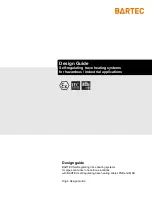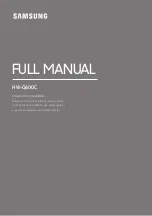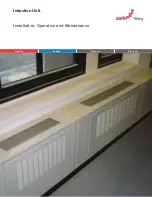
13
Chapter 2 General Safety
Information
sparks generated during welding can cause a fire or explosion. Laser welding is
only possible if the area is free of combustible materials. Never weld containers
containing flammable or combustible materials. If the contents of the containers
are unknown, they should be assumed to be flammable or combustible. Fire
extinguishers should be located nearby, easily accessible, and have personnel
trained in their use.
4.Smoke Hazard
Welding "fume" can consist of very fine particles and gases. Welding fumes and
gases come from a combination of welding materials or any filler materials used,
shielding gases used, paints, coatings, chemical reactions, and air pollutants.
Welding fumes can adversely affect the lungs, heart, kidneys and central
nervous system.
(1) When welding, keep the head away from the smoke. Always weld in a well
ventilated area for safe breathing air.
(2) Use a fume extraction system to remove vapors, particulates and hazardous
debris from the welding process area.
(3) Respirator may also be required in confined spaces and other situations.
(4) Routine air monitoring should be performed to determine the level of noxious
fumes in the welding area.
5.Cylinder Safety
The gas cylinder may explode if damaged or placed near the welding area.
Shielding gas cylinders should be placed where they will not be bumped or
damaged. Keep them away from heat, sparks or flames. Cylinders must be
stored upright and secured to a fixed stand. A working regulator for the required
gas and pressure is required. All hoses and fittings should also be suitable for
the application and in good working order.














































